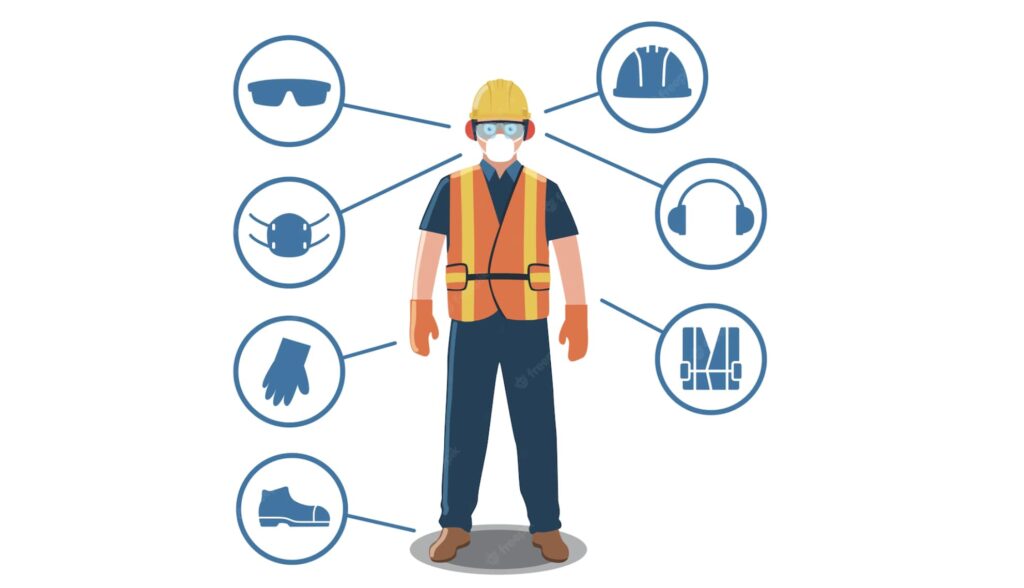In my previous article, I explained how one could calculate their annual income tax expense. If you don’t know the basics of income tax, I highly suggest reading through that article first. In there, I also briefly discussed deductions – If you paid attention then (you better have!), you’d know that deductions are the amount you can subtract from your taxable income to lower your tax expense.
This is part 1 of 2 parts. I realized that explaining all five tax deductions in one article would make it wayyyy too long! The deductions explained here though are generally the most used.
Table of Contents
So, what are tax deductions?
Long story short, tax deductions would make the annual income tax you pay lower. How good is that?!
The reason why the government has ruled for tax deductibles is because of the nature of the income tax – income tax is (obviously) the tax you pay from the income you earn from any work you do, employed or self-employed. Tax deductions, on the other hand, is the amount of money you spend towards making your taxable income. In noob terms – because you pay tax on the money you make, you deserve to deduct the expenses you pay when making that money.
Most people miss these deductions when filing their annual tax returns! But luckily for you, I am here to help 😉
Disclaimer: Everything written here is general information taken from Australian taxation legislation for the purpose of education. Taxation is a complicated topic that usually requires examination on a case-to-case basis. If you are unsure of your circumstances, please visit a registered tax agent – their fee is tax-deductible!
How to Maximize your Tax Deductions as an Employee (Australia)
-
Clothing expenses
Probably the most widely used tax deductions – clothing expenses include how much you pay for your work clothes AND the costs to maintain them (yes, that includes laundry!).
-
Do you wear a COMPULSORY UNIFORM?
If that answer is YES, you can instantly claim $150 (for washing, drying and ironing but not dry-cleaning) as a tax deduction without the ATO requiring you to have any receipts.

They’re smiling because they got a higher tax return – and so can you! If you have dry-cleaning expenses, you can claim up to $300 in total without providing any receipts, ONLY IF your total tax deduction claim for work-expenses (excluding car, travel and overtime meal allowances) is under $300. Otherwise, you can still claim for dry cleaning expenses, but you just need to show receipts.
You can also claim out-of-pocket costs you incur to do any repairs to your uniform.
I hope I broke that down for you!
-
Do you wear any clothes that are SPECIFIC to your work?
Occupation-specific clothing is defined by the ATO as clothing that distinctly identifies you as a person associated with a particular occupation. If a clothing can be worn by multiple professions, it is NOT considered occupation-specific.
Example: Chef uniform
Not an example: Casual clothes worn while cooking in a food truck
Example: Nursing scrubs
Not an example: Hi-Vis clothing
If your clothing pass the requirements of being occupation-specific, you can claim for their costs as a tax deduction, provided that you paid for them with your own money (yes, not your employer’s) and can show proof of purchase.
-
Do you wear any PROTECTIVE clothing for work?
Examples of protective clothing from the ATO:
- Fire-resistant clothing
- Sun-protection clothing with a UPF sun protection rating
- Steel-capped boots
- Non-slip nurse shoes
- more details on protective clothing in the ATO’s page.

Bought yourself any of these?
If you purchased any items that fall under the ATO’s definition of protective clothing, you can claim the cost of the item on your tax return as long as you can provide proof of purchase.
Note that for the ATO to allow the deduction, the items have to offer a sufficient level of protection. Simple long sleeve t-shirts to block you from the sun, for example, are not considered protective clothing.
-
-
Work-from-home expenses
WFH employees rejoice (I am one too 😋)! With our flexible work schedules, we could potentially claim back some expenses for a bigger tax return!
-
How can I be eligible and what WFH expenses can I claim?
To be eligible to claim your work-from-home expenses, the ATO has two main requirements:
-
- you must be working from home to fulfill work duties. Checking emails or calling your manager in your bed doesn’t count! (unfortunately);
- and you must be incurring additional expenses by working from home.
- i.e. you don’t qualify for this requirement if other members of your household (who are not working from home) use the same room as you do when you are working from home.
Here is a clean little list of the WFH expenses you could potentially claim for:
-
- Electricity, internet and phone expenses
- Furniture and items you use for work (e.g. office chair/desk, laptop)
- Occupancy expenses (yes, rent and mortgage?!?!)
-
How do I calculate my WFH expenses?
Thank you for asking! Calculting your deductible WFH expenses is the trickiest part. There are 3 ways to calculate your WFH expenses, and it’s up to you (or your accountant!) to calculate which one gives you the highest deductible amount 😉:
-
-
FIXED RATE METHOD
Requirements to be able to use the fixed rate method:
- You must incur additional running expenses due to working from home
- You have a dedicated work area, such as a home office
- Keep records showing other work-related expenses not covered by the fixed rate per hour (more of that soon!)
- Keep records of the number of hours spent WFH for the entire year (July-June)
How the fixed rate method works:
You calculate your total WFH expenses in 2 steps:
- 52c/hour you worked from home – this amount includes:
- depreciation of your home office furniture and furnishing (e.g. desk/chair)
- electricity and gas
- cleaning your home office
- Other costs NOT included in the 52c/hour:
- Phone, data, and internet expenses + decline in value of your work phone (if you have one that you paid for yourself)
- Computer consumables and work stationary (e.g. ink, printing paper)
- Depreciation expenses of assets OTHER THAN home office furniture and furnishing (e.g. computer, laptop
Add the sum of the two steps up, and you have your total WFH tax deduction for the fixed rate method!
-
ACTUAL COST METHOD
Requirements to be able to use the actual cost method:
- You must incur additional running expenses due to working from home
- Keep records (e.g. receipts, diary entries) which show the amount:
- you spend on WFH expenses
- you spend on depreciating assets you buy for WFH
- percentage of work-related use of your expenses and depreciating assets
S0unds more confusing that the fixed rate method, hey? It’s also usually harder to calculate. However, you could potential have a bigger tax deduction using this – hard work is generally rewarded!
How the actual cost method works:
Unlike the fixed rate method, where a part of your WFH tax deduction is calculated with a fixed rate, the actual cost method requires you to calculate every expense individually.
Examples of WFH expenses are usually:
- Electricity and gas expenses
- Phone, data, and internet expenses
- Computer consumables and stationary
- Cleaning expenses (of your dedicated area of working)
- Depreciation expenses of your home office and furnishings, computers, laptops, etc.
Important: If you look at the calculation of the fixed rate method, you would only have a higher WFH tax deduction using this method if your electricity and gas expenses and cleaning expenses are extremely high, and/or your home office furnishings and furniture are more expensive than average.
-
COVID-ONLY SHORTCUT METHOD (Ends this year 😔)
-
Lazy people rejoice! The ATO has provided the Covid WFH tax deduction calculation, effective only until the financial year ending June 2022.
Requirements to be able to use the Covid-only shortcut method:
- You worked from home and incurred some additional running expenses as a result.
- You have a record of the number of hours in the financial year you worked from home.
How the Covid-only shortcut method works:
If you thought that the fixed-rate method was the short-cut (I guess it is, compared to the actual cost method!), the Covid-only method is an EXTREME shortcut.
Basically, you would be able to claim 80c per WFH hour you did during the financial year.
The 80c/hour is deemed by the ATO to include ALL expenses, including phone and internet, electricity, furnitures and fixtures, and yes – including your self-bought work laptop, mobile, or computer.
Important: This method is best for those who did WFH without paying for anything else work-related. If you purchased any furniture or electronics for work, you could potentially lose out by using this method. If you would like more information on Covid WFH tax deductions, you may visit this ATO page.
And that’s the end of Part 1! If you haven’t already, don’t forget to check out my other article explaining how to do your own income tax return.
Part 2, where I will be explaining travel and transport expenses, self-education expenses, and expenses you incur for tools and other equipment, will be coming out as soon as possible!
Hope you learned something from this article, and please do leave a (positive!) comment below.


